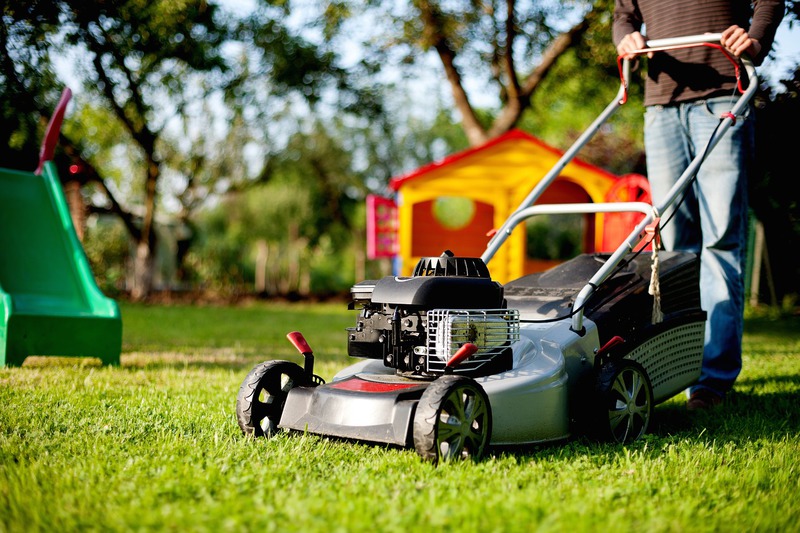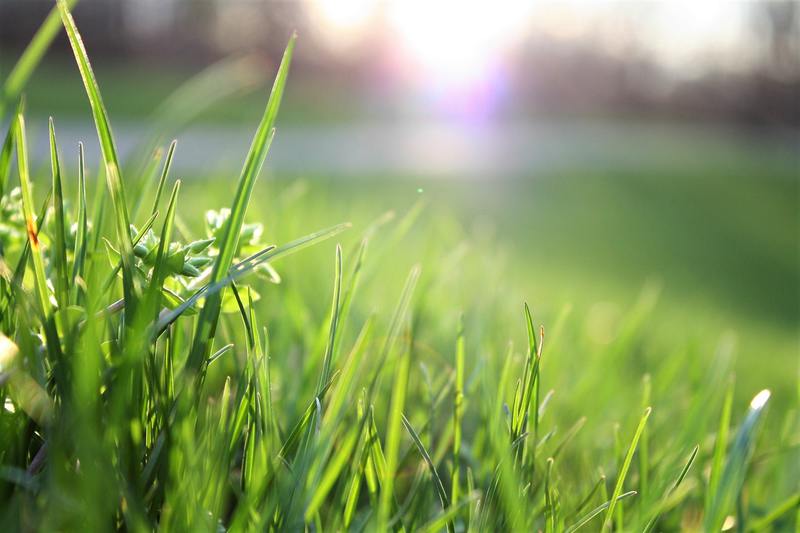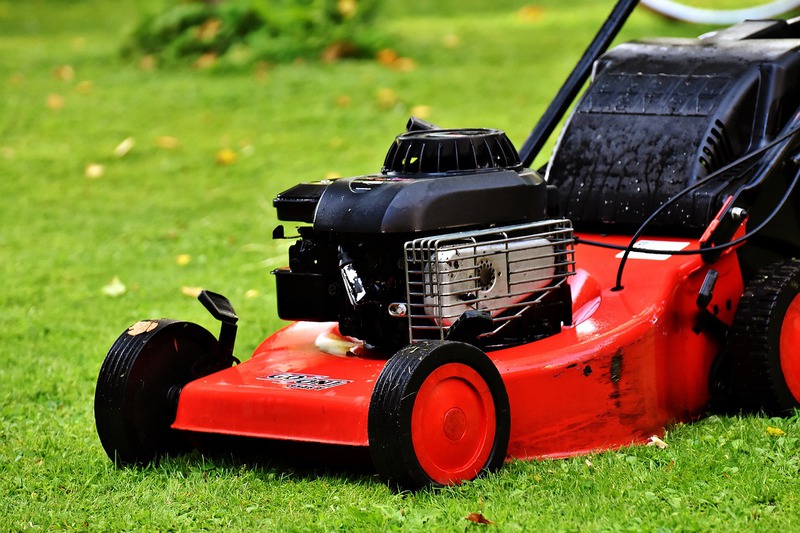How to Properly Mow Your Lawn

How to Properly Mow Your Lawn
Mowing your lawn is something you have to do pretty frequently, so it’s important that it is done correctly.
We are going to give you a guide for cutting your grass no matter what kind of mower you have. Whether its a push mower, tractor, etc – there’s a correct way to mow your lawn.
Let’s get started!
Pick the Right Time of Day

Mowing your lawn during the early evening hours is the best for both your mower and your grass.
If you choose to mow at the peak of day (between 12-4), this is when temperatures are highest, which will stress out both your lawn mower and your lawn. By waiting for the early evening, your lawn is typically dry (unless there was rain that day), the sun isn’t as hot and intense, and the grass has plenty of time to recover before it experiences intense heat again.
With or without rain, your lawn is typically going to be wet in the morning from dew or fog. If you do have rain the day you want to mow, make sure that you wait for the grass to dry before doing so. Cutting wet grass can result in an uneven trim, and wet grass clippings can clog up your mower and cause it to dump clumps of grass all over your lawn. If those clumps aren’t quickly raked up, they can smother the growing grass and create brown spots on your lawn.
Don’t Mow on a Schedule

While it may be tempting to set up a schedule for when you are going to mow your lawn, it is actually better not to. Simply try to mow as often as you need to for the type of grass you have, growing conditions, the season, and growth patterns. If you stick to a schedule, it doesn’t allow your lawn to be mowed when it actually needs to be.
For example, your grass is most likely going to need to be mowed more often in the springtime when it’s actually growing, while it will need less attention in the fall.
As long as your grass doesn’t get too tall or the mower blade isn’t set to be too low, you can mow as often as you would like. Just try to be intuitive of when it is actually needed.
Change Up Your Mowing Pattern

If you are someone who mows in the same direction and pattern every single time, you may want to consider changing it up a little bit.
By mowing your lawn using the same pattern every time, your grass actually adapts and learns which direction it is being cut in. This allows it to slowly start to lean in the direction you mow, which can cause ruts over time. When you take the time to switch up how you cut your lawn, you will have grass that stands up straight and tall without any ruts in the yard.
Don’t Mow Your Lawn Too Short

Longer grass blades can actually grow and support more roots and develop a deeper, stronger root system that is able to better find water and nutrients in the soil. Make sure not to cut your grass too short, as it will have a harder time creating stronger and better roots.
We recommend setting your mower at the highest preferred setting for the type of grass that you have, and make sure to only cut off the top ? of the grass blades at one time. Even if you have to mow more frequently, this is a much healthier process for your grass.
When you cut the grass too aggressively, which is also referred to as “scalping your lawn,” it forces the grass plants to focus all of their energy on regrowing their lost blades instead of deepening their roots. It can also make your lawn more prone to weeds, since taller blades of grass shade the soil and keep it cooler, making it harder for weeds to grow.
On top of how good it is for your lawn, it is great for your feet as well! Taller grass blades is much softer to walk on and will cushion falls much better than short grass will.
However, while most types of grass will respond best to having the mower set to a much higher setting, keep in mind that Centipedegrass and Zoysia Grass need a middle mower setting, and Creeping Bentgrass and Bermudagrass thrive on a low mower setting.
Be Careful of Your New Lawn

If you are spreading new grass seed and creating a new lawn, it is better to wait for your new grass to have a great foundation before mowing it.
Your new grass seedlings are able to be cut for the first time once they have actually reached the appropriate height for mowing. Depending on the type of grass you have, this may vary.
Also, just as we stated before, no matter what type of grass you have it should not be losing more than the top ? of the blade when you cut it. An overly dramatic cutting can stress and shock your new grass plants, which will slow down the overall growth of your new lawn.
Keep Your Blades Sharp

Keeping the blades on your mower sharp will allow the best cuts for your lawn. When your blades become dull, they end up tearing your grass and cause brown, ragged edges. Continually using dull blades will also weaken your grass over time, which makes it susceptible to insect damage, disease, and other damages.
We advise that getting a blade sharpening and mower tune-up once a year will really help your lawn stay healthy and green. Your mower will have an easier time starting up, churn out the clippings easier, and will make cleaner cuts.
You should also make sure to clean out/wash your mower after each use, as this will help prevent any blockages from the cut grass and other debris.
Our Final Thoughts on Mowing Lawns

We hope you found our tips helpful for making sure your lawn stays happy and healthy. Always make sure to use your tools safely, and don’t be afraid to contact us for assistance if needed.
We are here to help, and with these tips we know your grass will be looking better than ever!





